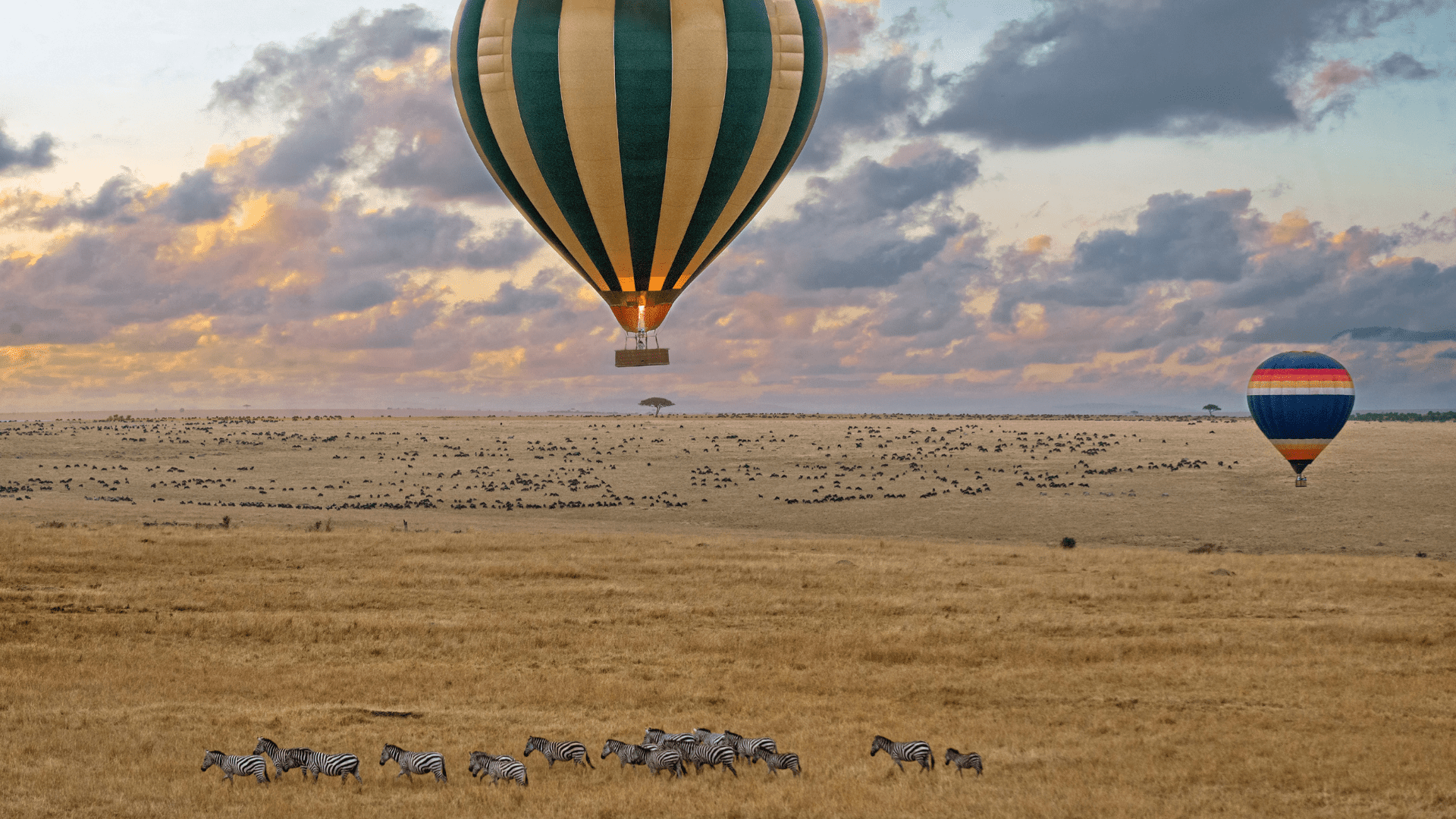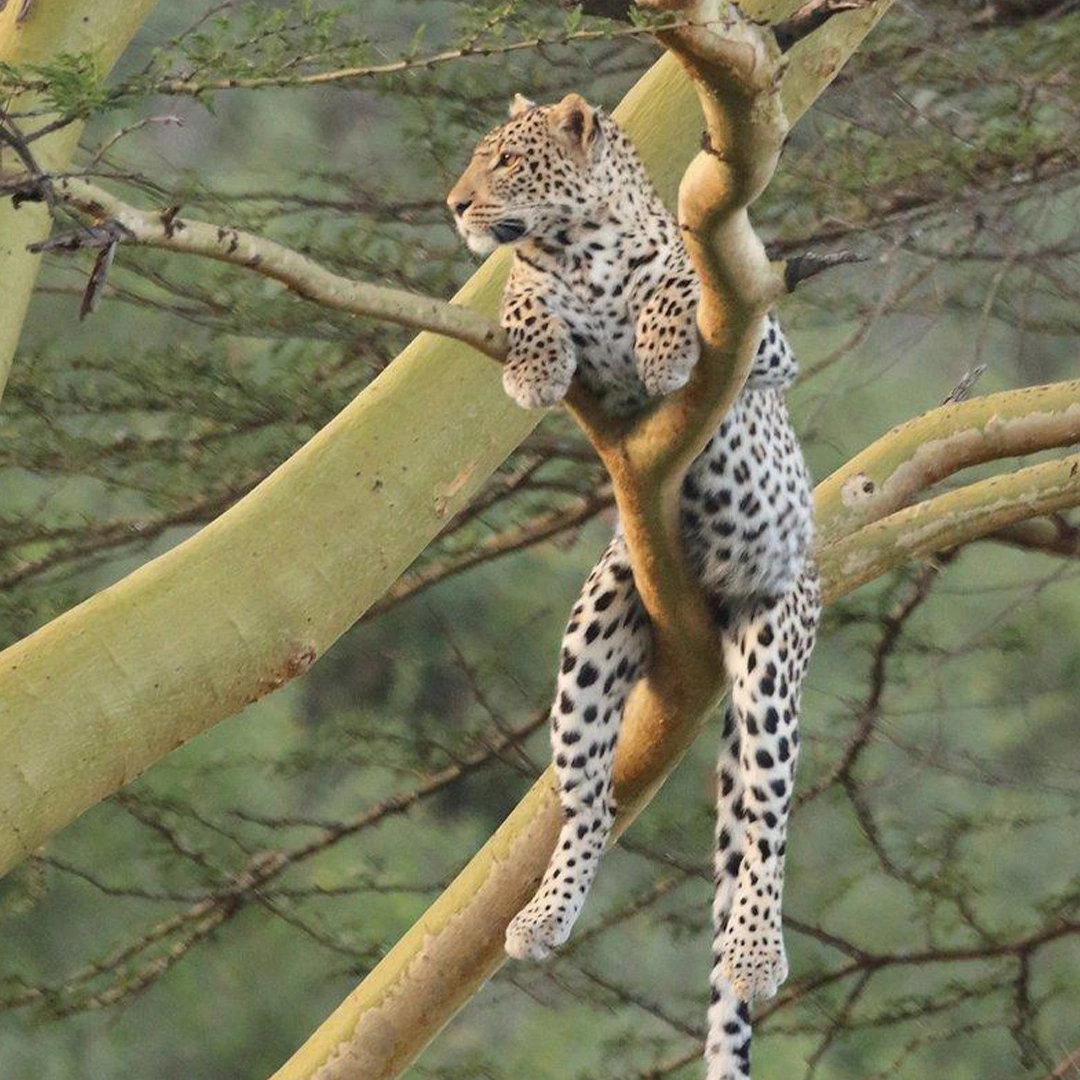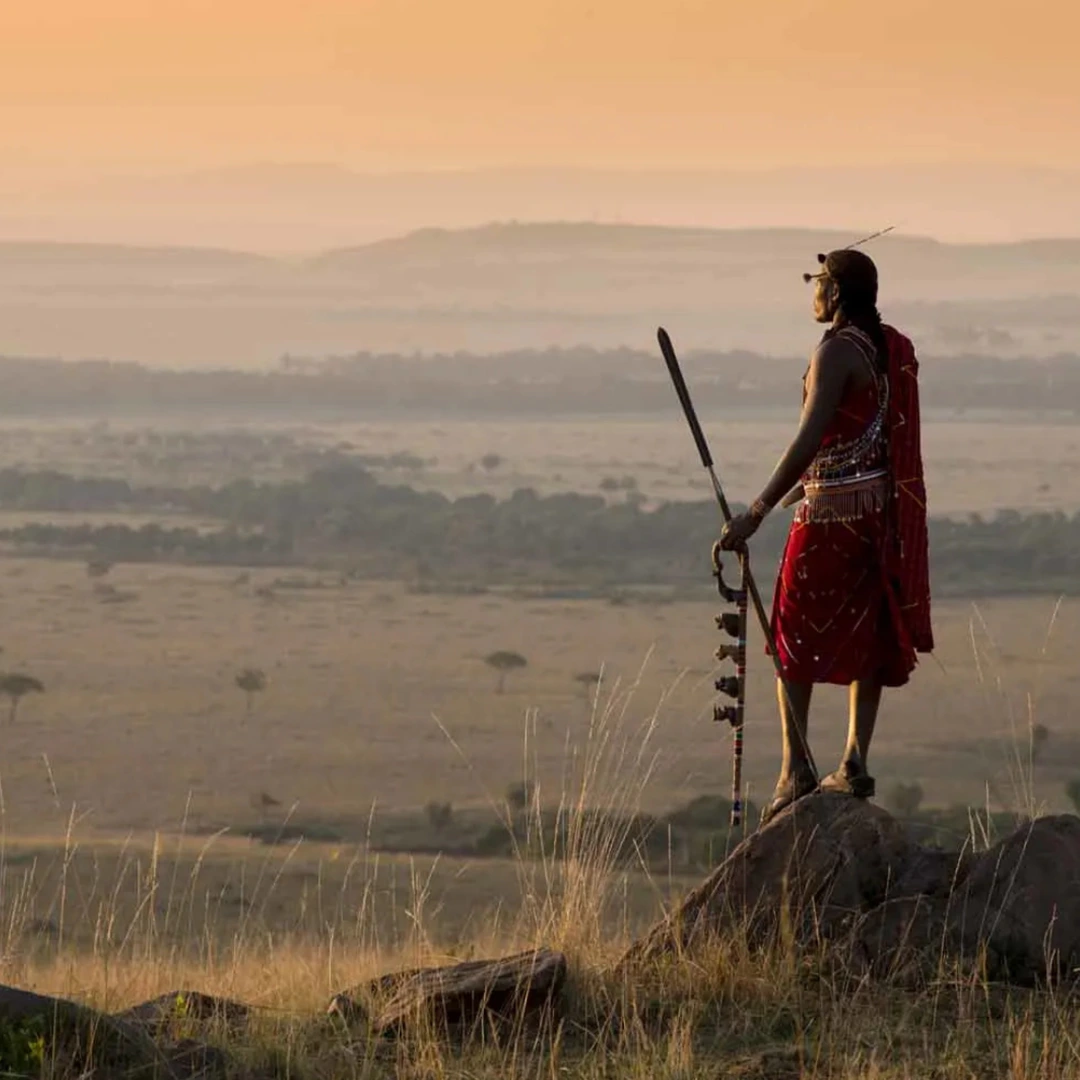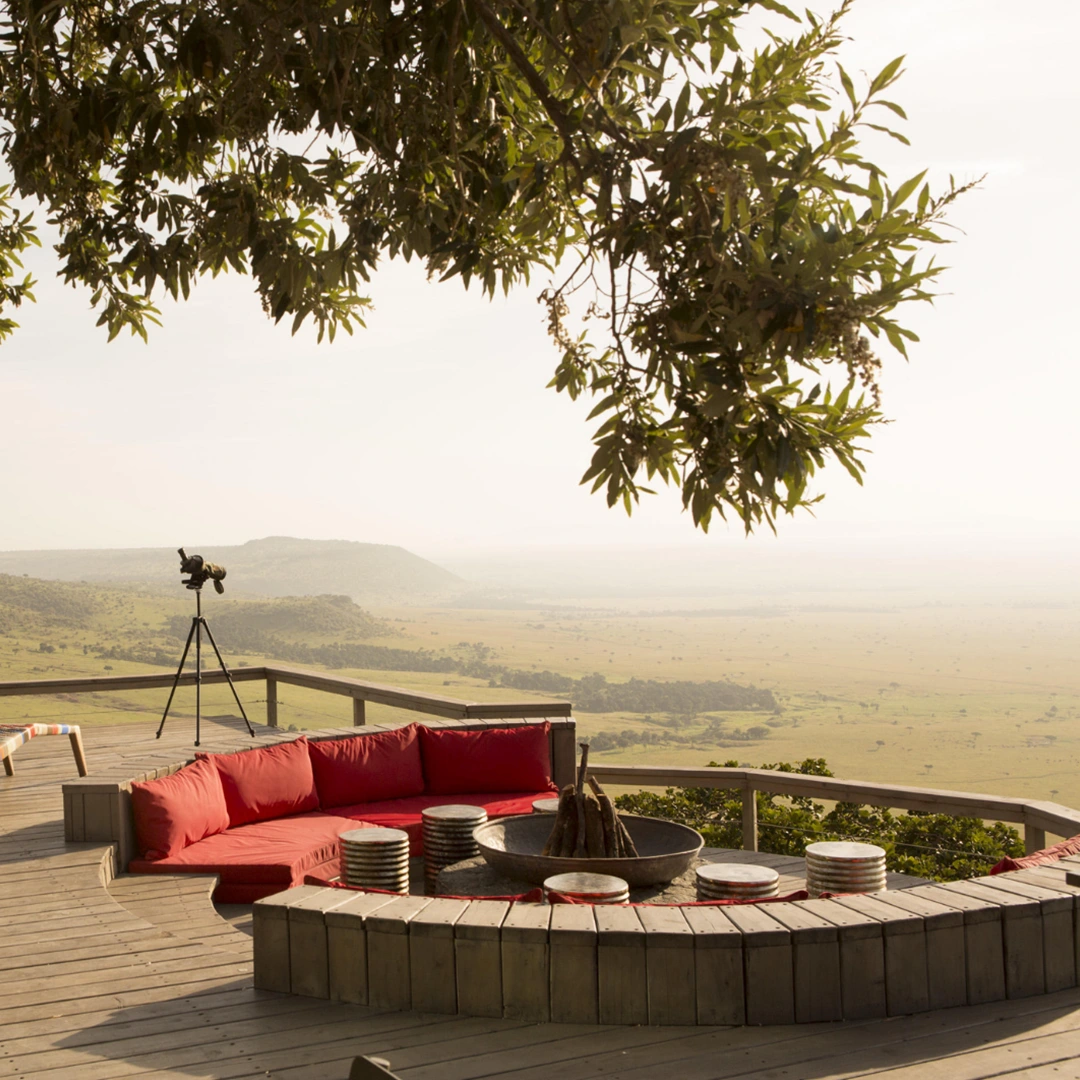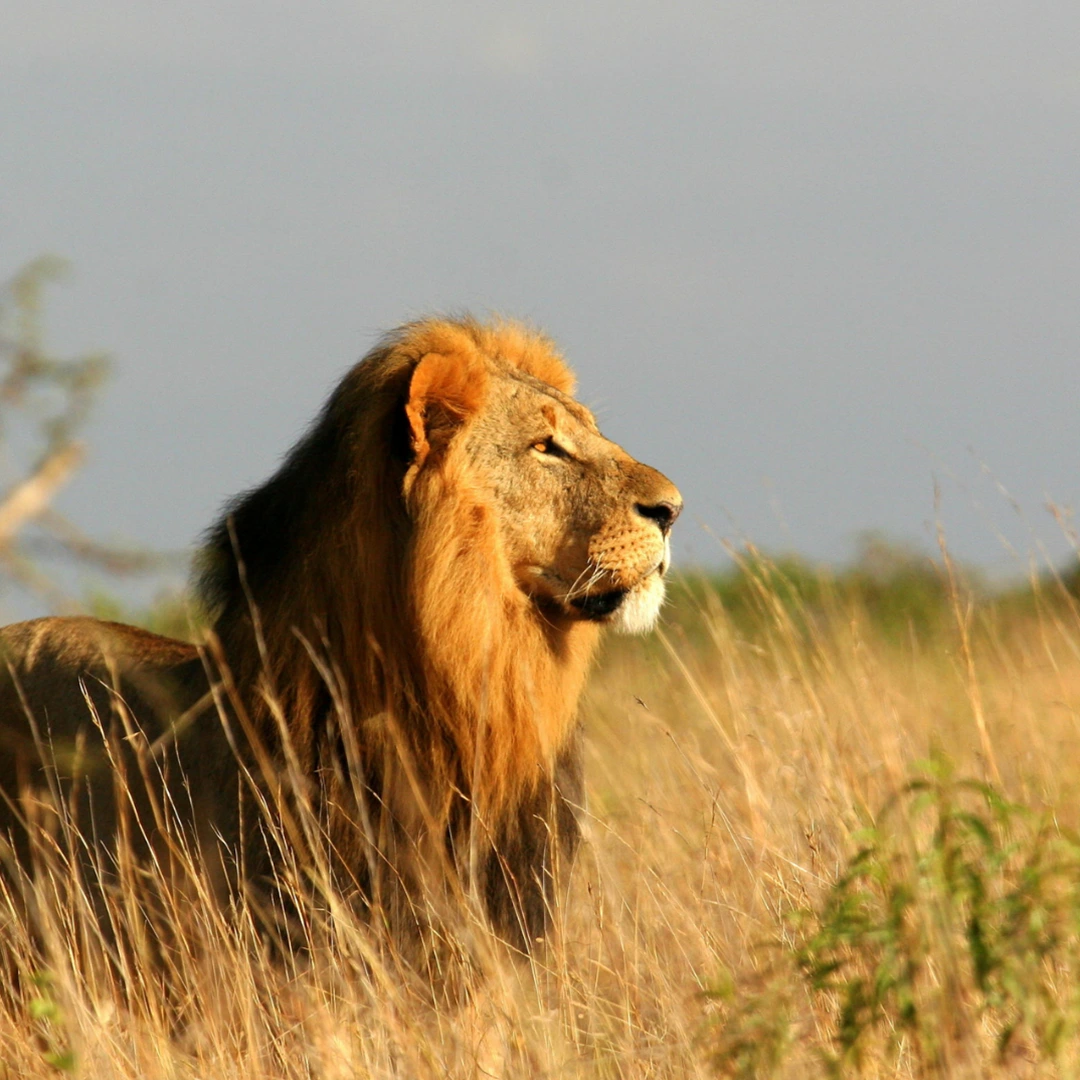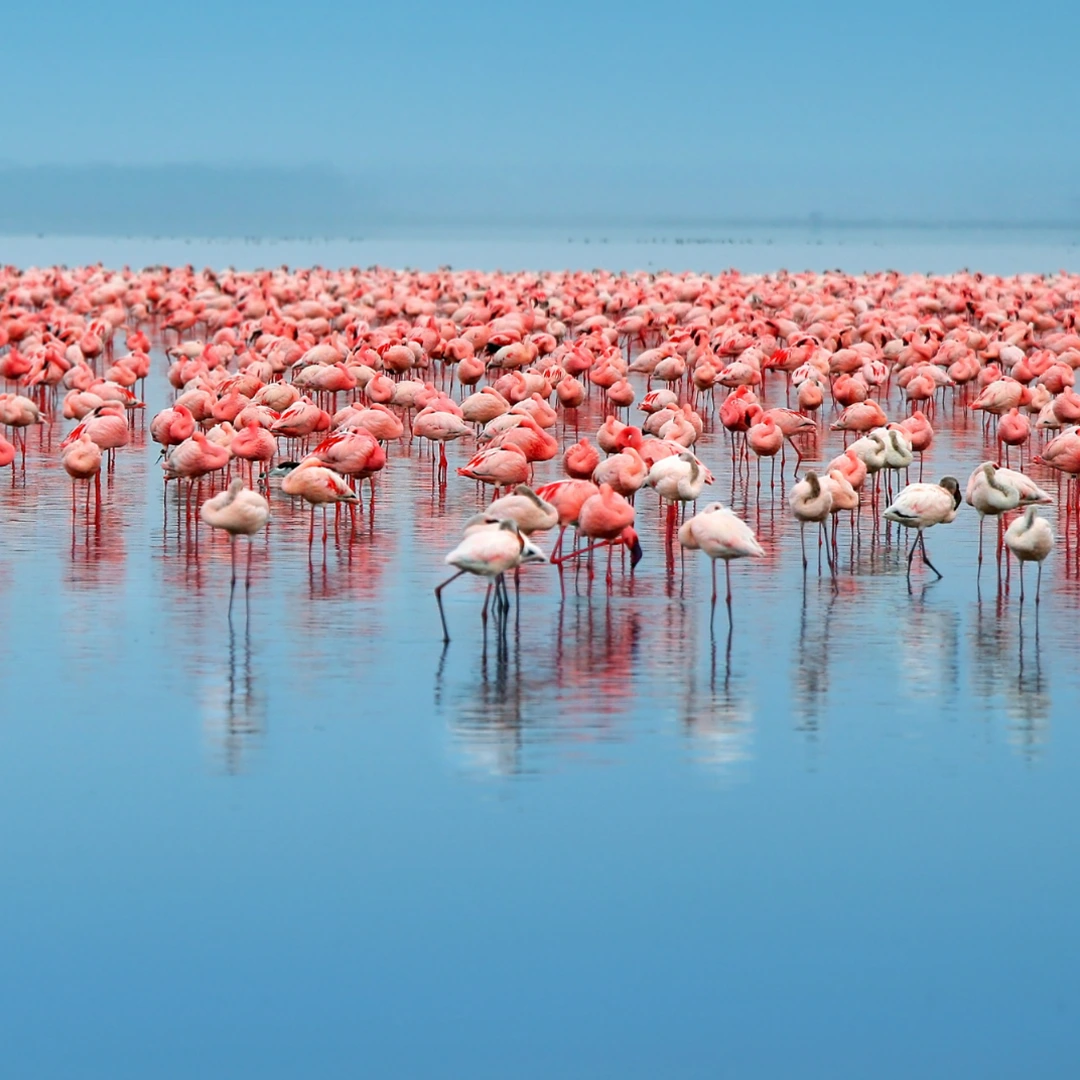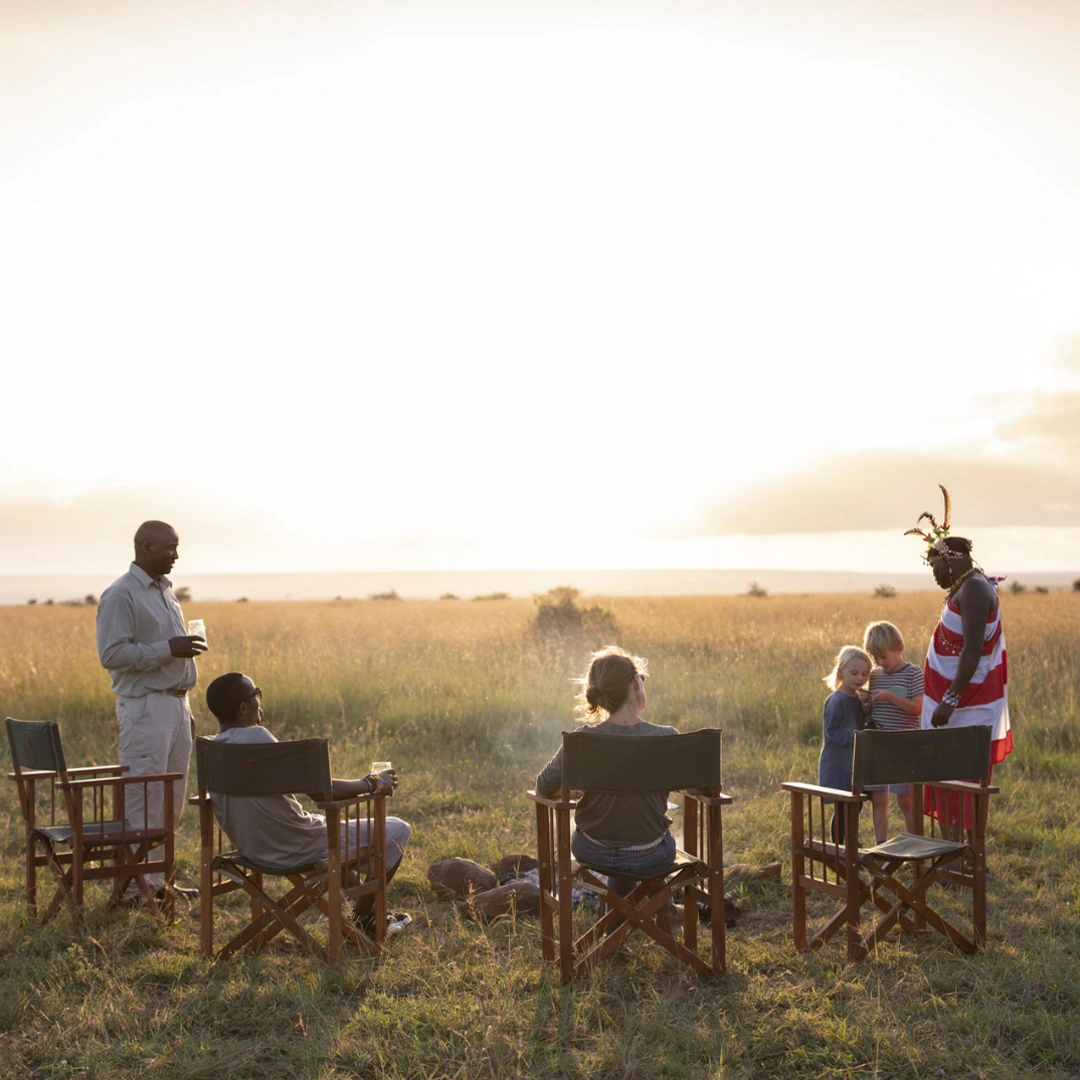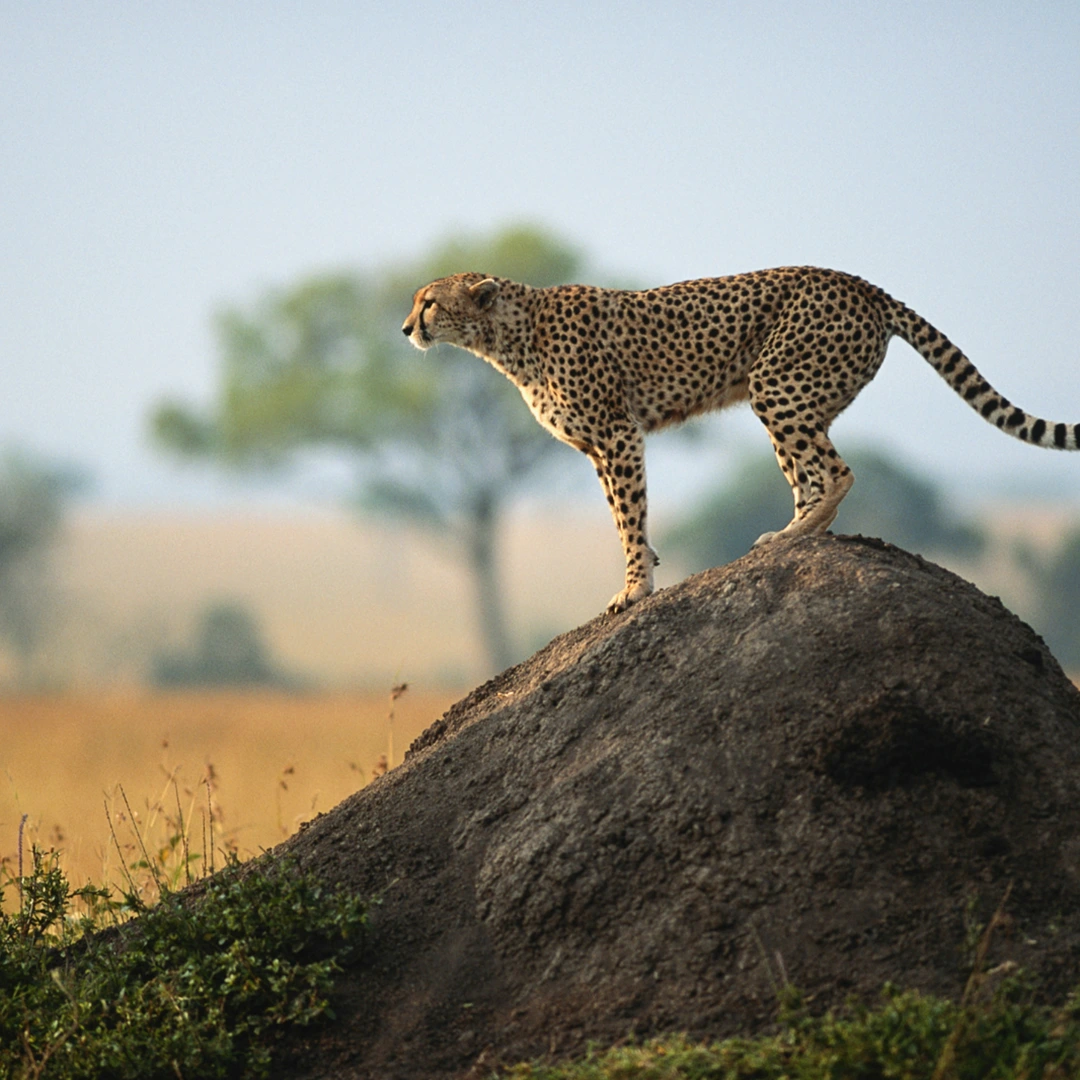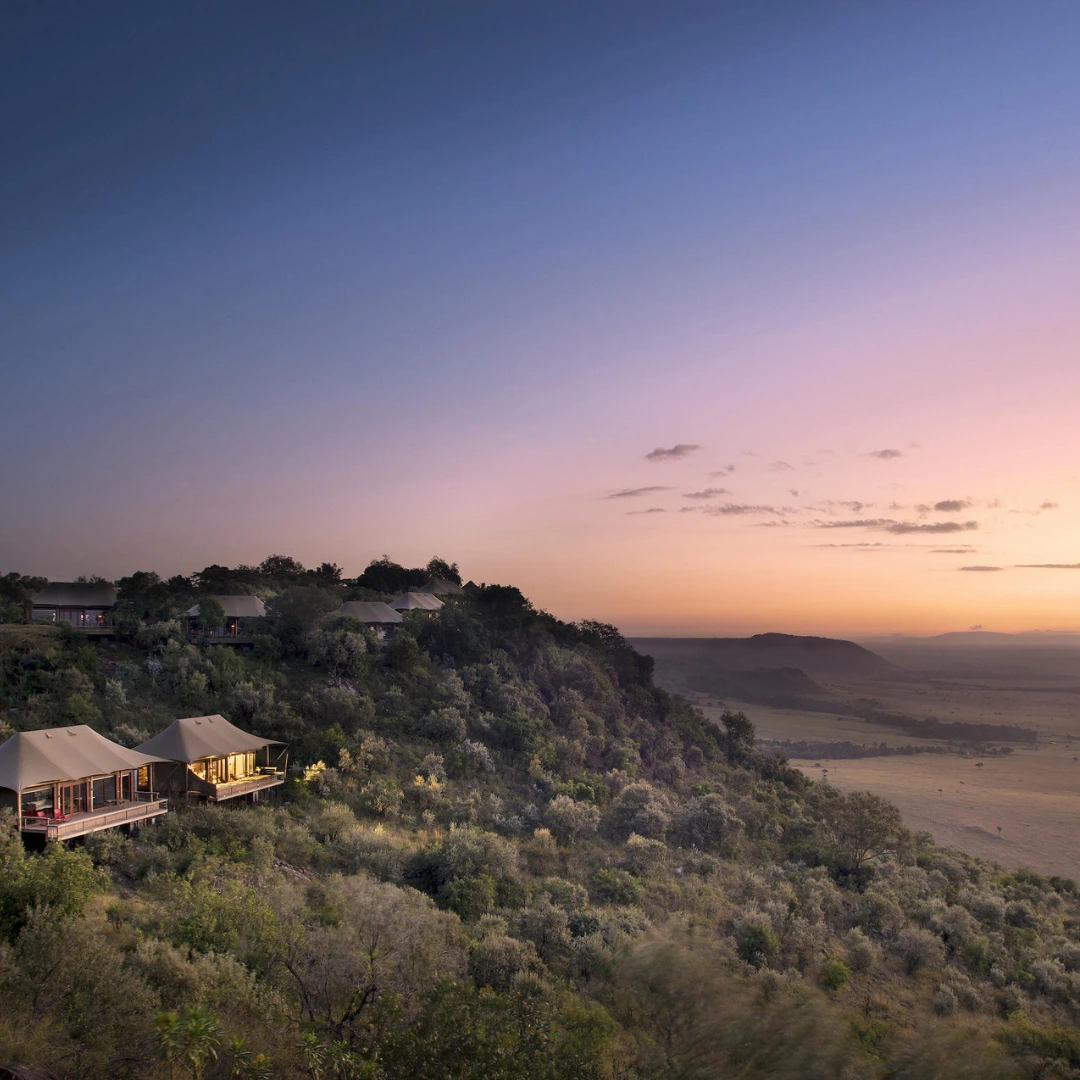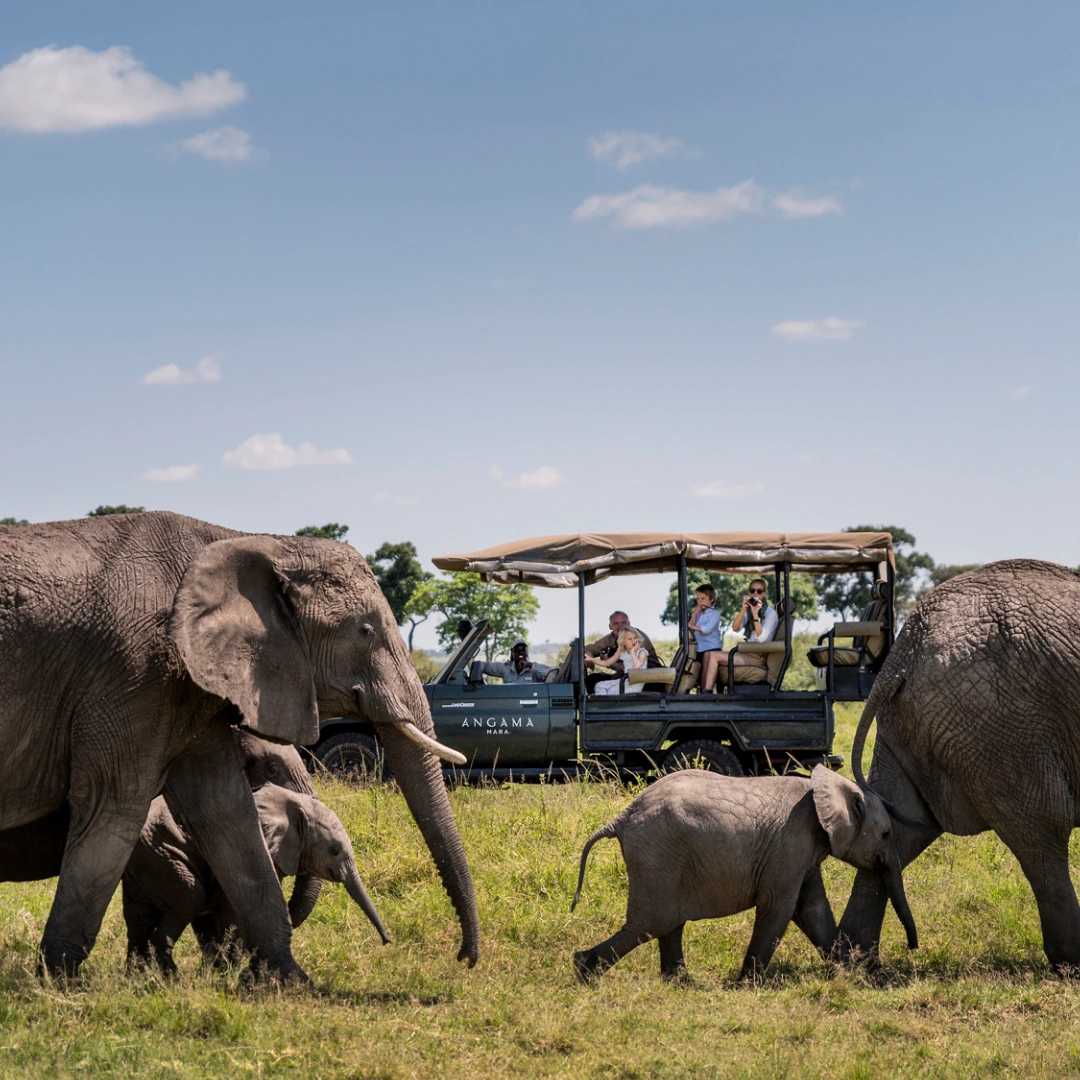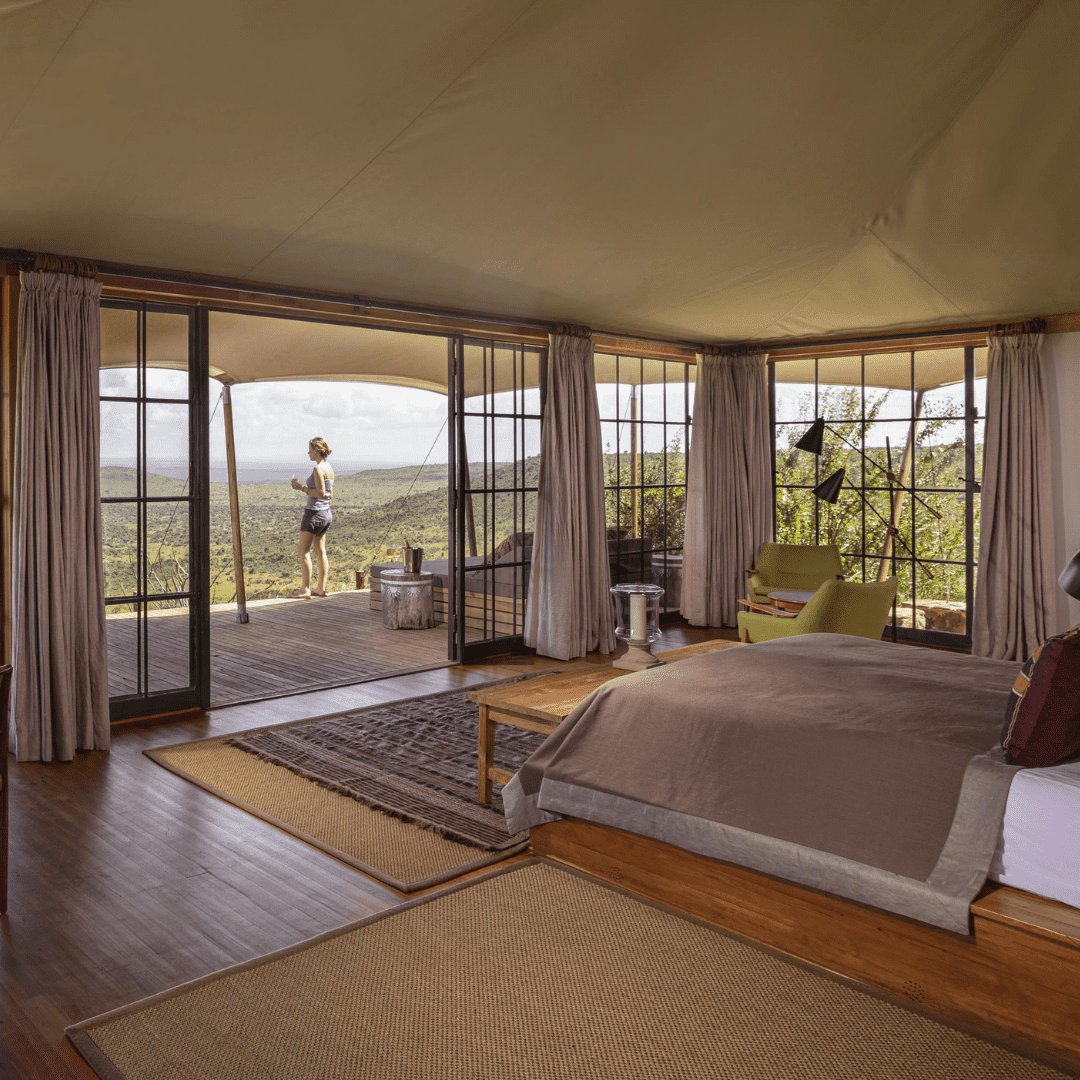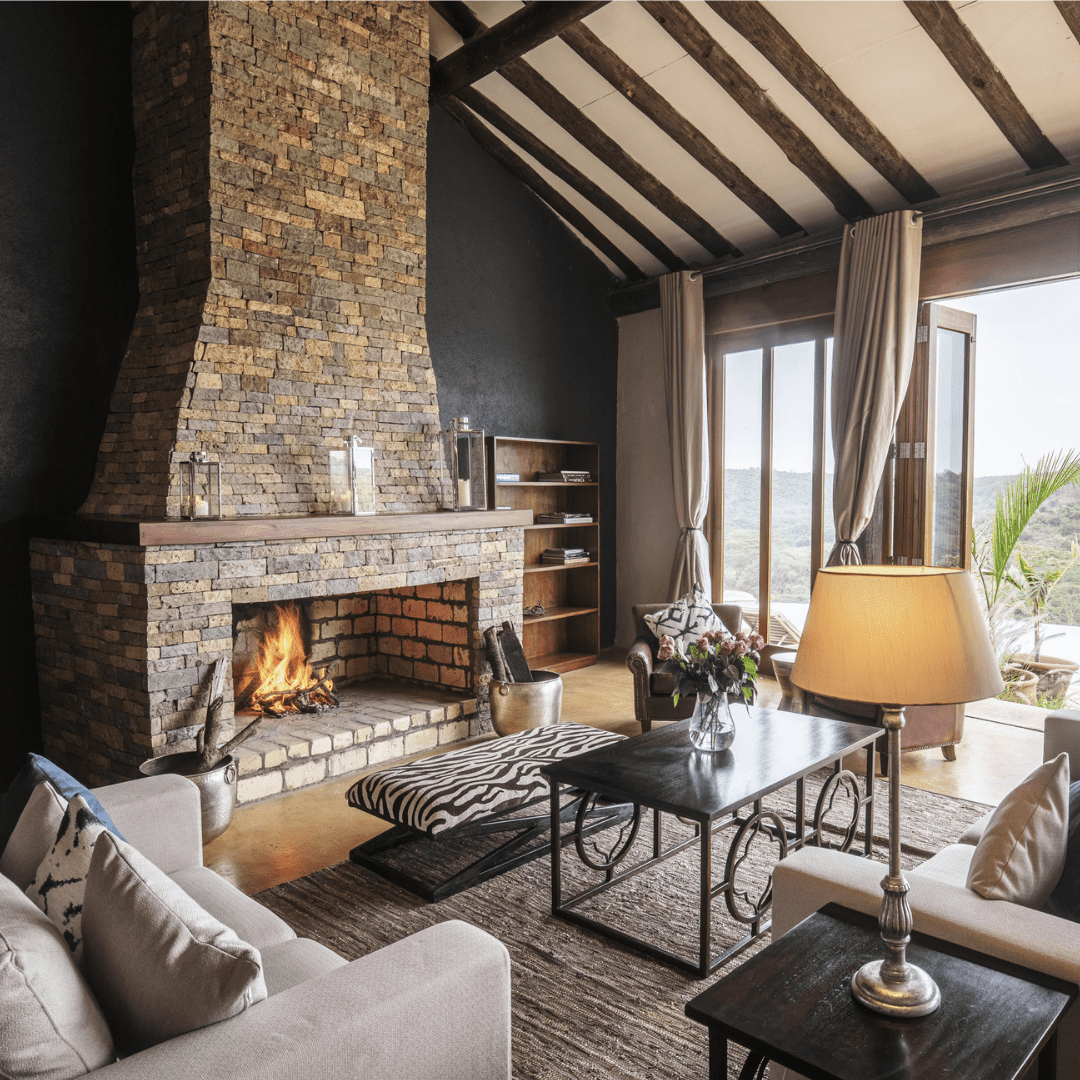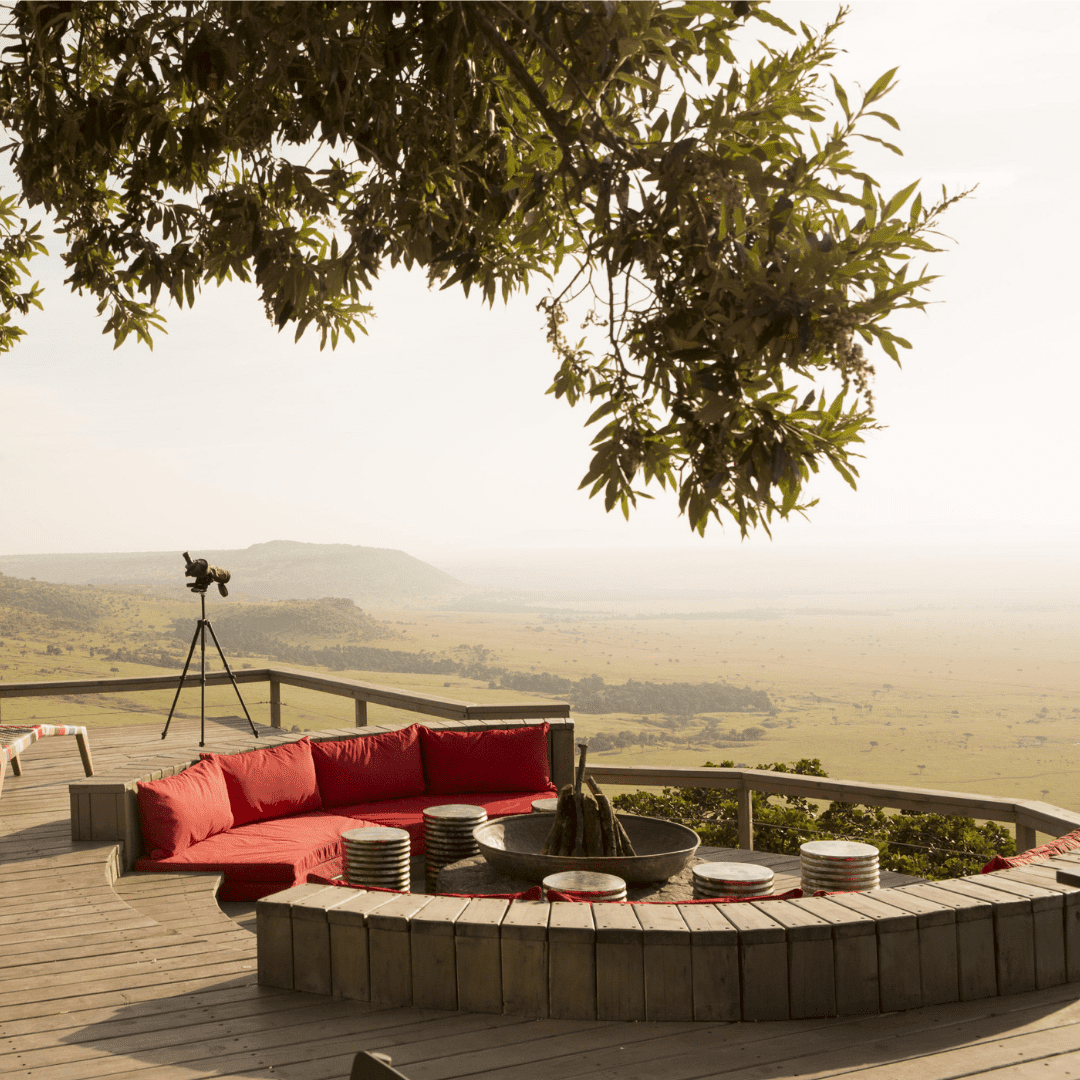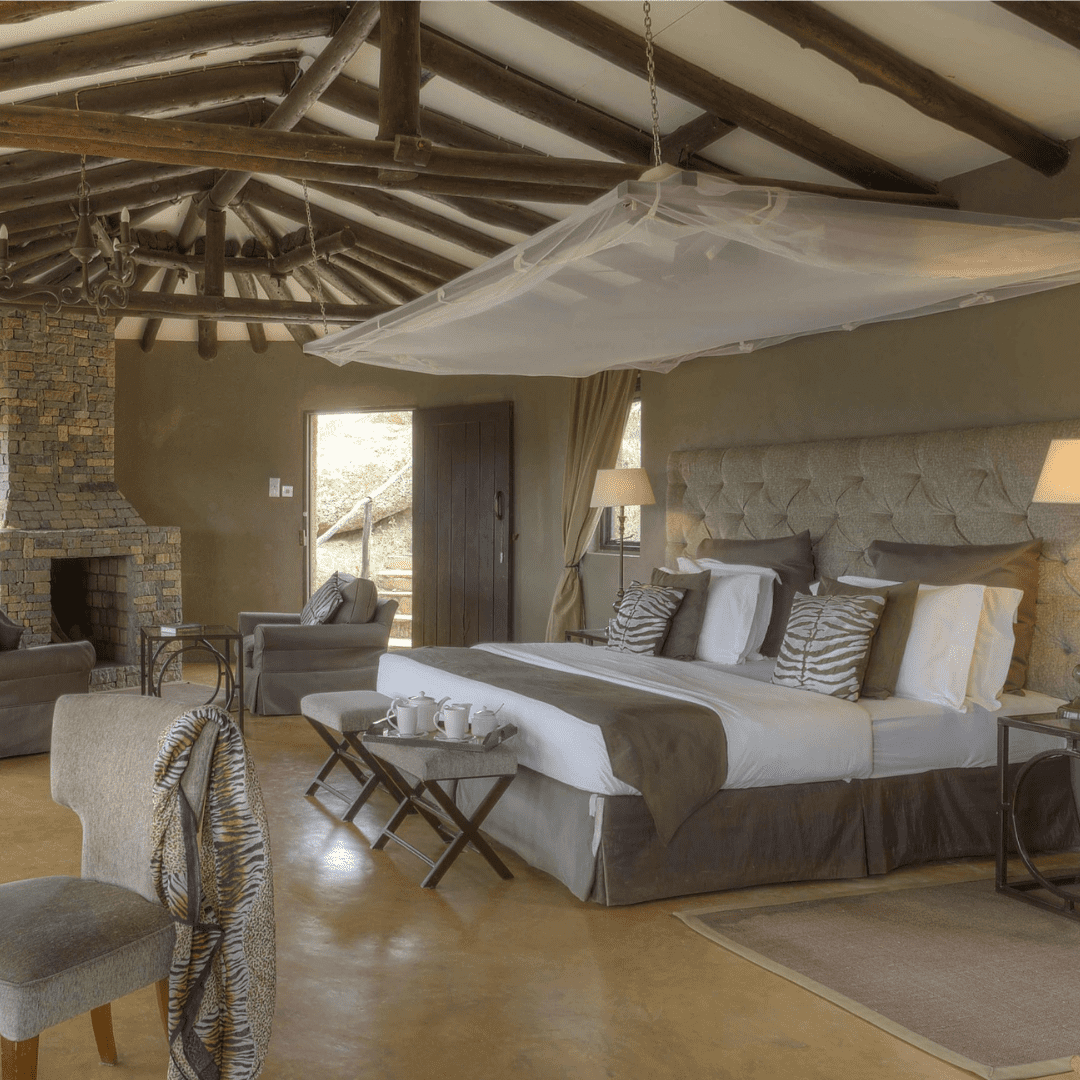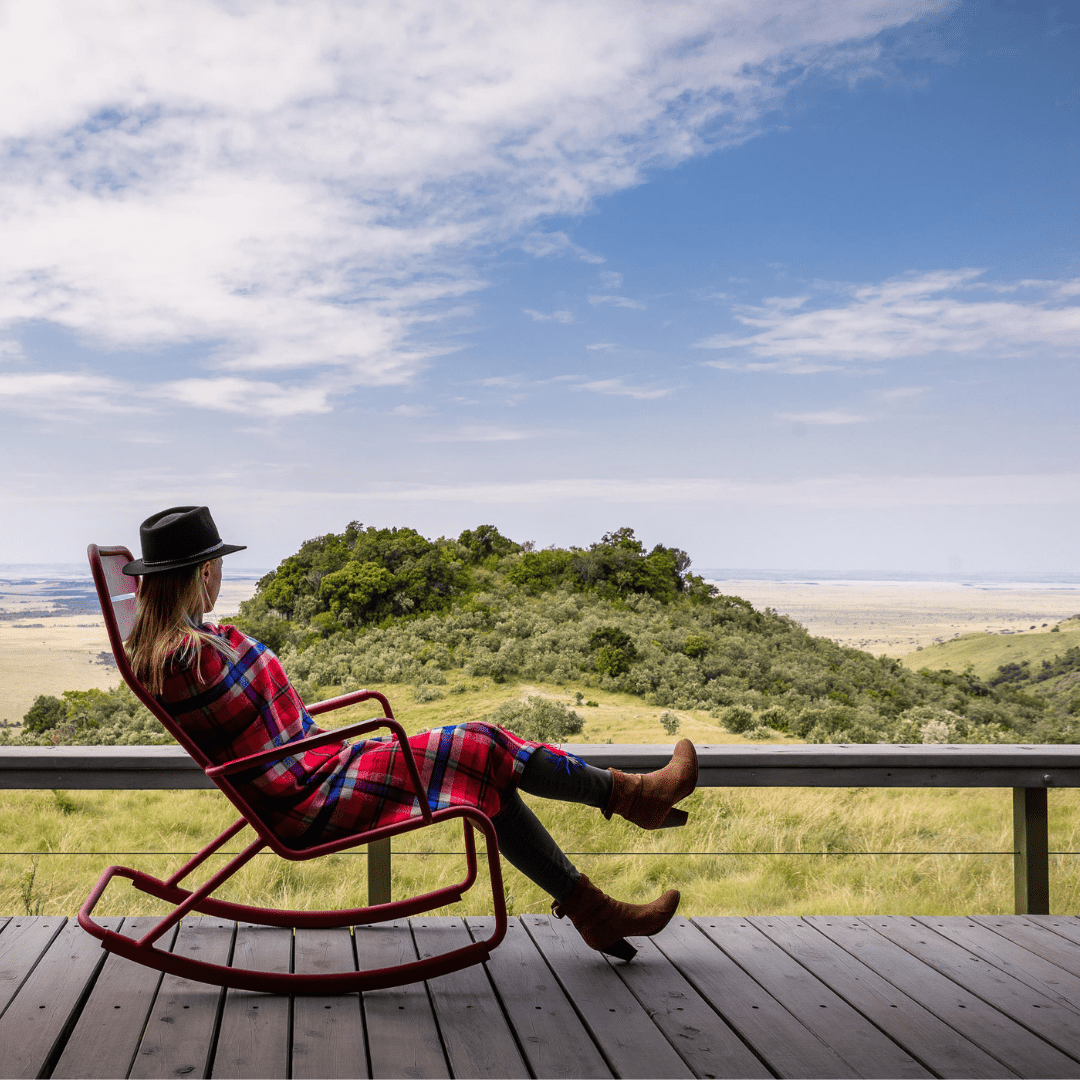Plan a trip

Kenya Safari Cost: A Comprehensive Guide with Ranger Buck Safaris
Kenya is renowned as one of the world’s top safari destinations, offering travelers unparalleled opportunities to witness Africa’s iconic wildlife, breathtaking landscapes, and rich cultural heritage. Whether you are a first-time visitor or a seasoned adventurer, understanding the Kenya safari cost is crucial for planning a trip that aligns with your budget and expectations. Ranger Buck Safaris, a trusted leader in the safari industry, provides expertly curated experiences that ensure an unforgettable journey through Kenya’s national parks and reserves.
Factors Influencing Kenya Safari Cost
The cost of a safari in Kenya varies widely depending on several factors. Understanding these key elements can help you make informed decisions when selecting the perfect safari package.
1. Seasonal Pricing
The time of year significantly affects the cost of a Kenya safari.
Peak Season (July–October & December–February): Higher prices due to increased demand, particularly during the Great Migration in the Maasai Mara. Accommodations and safari tours must be booked well in advance due to high demand.
Low Season (March–May): More budget-friendly rates, as these are the rainy months. However, game viewing remains excellent in many regions, and fewer crowds provide a more intimate safari experience. Some lodges and camps may offer significant discounts during this period.
Shoulder Season (June & November): A middle-ground option where travelers can enjoy reduced rates while still experiencing good wildlife sightings with fewer tourists.
2. Type of Accommodation
Your choice of lodging greatly impacts the overall cost. Ranger Buck Safaris offers various accommodations to suit different budgets:
Luxury Lodges & Private Camps: Premium accommodations with high-end amenities, gourmet dining, and private game drives. Some luxury options also include spa services, infinity pools, and personal butlers.
Mid-Range Camps & Lodges: Comfortable options offering quality service at a moderate price. These often provide an excellent balance of comfort and cost.
Budget-Friendly Camps: Basic yet immersive experiences that provide affordability without compromising on adventure. Many budget accommodations still offer great locations and opportunities for wildlife encounters.
Mobile Tented Camps: A unique and cost-effective option that allows guests to stay in temporary camps that move with the wildlife, providing a truly immersive experience.
3. Safari Duration
Longer safaris naturally incur higher costs, but they allow for a more in-depth exploration of Kenya’s diverse landscapes, wildlife, and cultural experiences.
3–5 Days: Ideal for a short trip, covering major parks like the Maasai Mara or Amboseli.
7–10 Days: Offers a more immersive experience, with opportunities to visit multiple parks such as Maasai Mara, Samburu, and Tsavo.
14+ Days: Extended safaris provide a deep dive into Kenya’s wilderness, covering remote regions like Laikipia and the Great Rift Valley.
4. National Park Entry Fees
Each national park has varying entrance fees that contribute to the safari cost:
Maasai Mara National Reserve: $80–$200 per adult per day, depending on the season.
Amboseli National Park: $60 per adult per day.
Tsavo National Park: $52 per adult per day.
Nairobi National Park: $43 per adult per day, perfect for those with limited time.
Lake Nakuru National Park: $60 per adult per day, famous for flamingos and rhinos.
5. Private vs. Group Safari
Private Safari: A higher-cost option that includes a dedicated guide, customized itinerary, and exclusive use of a safari vehicle. This allows for a more flexible and intimate experience.
Group Safari: A more affordable choice where costs are shared among travelers, making it ideal for those on a budget. However, group safaris have fixed schedules and may include travelers with varying interests.
Additional Costs to Consider
Beyond the primary safari package, there are extra expenses to keep in mind:
Camera Equipment Fees: Some reserves may charge additional fees for professional photography equipment. It is advisable to check specific park regulations before bringing drones or high-end camera gear.
Gratuities: It’s customary to tip safari guides, drivers, and lodge staff. A standard tip for guides is $10–$20 per day, while lodge staff usually receive $5 per day.
Travel Insurance: Highly recommended to cover medical emergencies, trip cancellations, and lost luggage. Comprehensive insurance that includes emergency evacuation is particularly important.
Flights: International flights to Nairobi and domestic flights to safari locations are separate from package costs. Some remote parks, such as Samburu and the Maasai Mara, require domestic flights that range from $200–$500 per person.
Vaccinations & Health Precautions: Travelers should budget for required or recommended vaccinations, such as yellow fever and malaria prophylaxis.
Visa Fees: A Kenya visa costs approximately $50 per person and is required for most international visitors.
Essential Safari Preparation Tips
Clothing & Gear
Wear neutral-colored clothing for game drives to blend in with the surroundings.
Pack layers for cool mornings and evenings, especially during the dry season.
Bring high-quality binoculars and a DSLR or mirrorless camera with a zoom lens for capturing wildlife.
Comfortable, waterproof walking shoes are essential for those planning bush walks.
Safety Guidelines
Always follow your guide’s instructions to ensure a safe and enjoyable experience.
Maintain a safe distance from wildlife and avoid sudden movements.
Stay hydrated and use sunscreen, especially during the hot months.
Do not leave vehicles in national parks unless accompanied by a guide.
Ranger Buck Safaris: A Trusted Safari Provider
Choosing the right safari operator is key to an unforgettable experience. Ranger Buck Safaris has built a reputation for excellence, with travelers consistently praising the company’s expert guides, personalized service, and well-planned itineraries. Reviews from past guests highlight the company’s commitment to delivering exceptional wildlife encounters and seamless travel experiences.
Booking the Right Safari Package
When researching Kenya safari cost, comparing inclusions, accommodations, and customer reviews is essential. Ranger Buck Safaris ensures outstanding value for money by offering tailor-made itineraries that cater to both luxury seekers and budget-conscious travelers.
For those eager to witness the awe-inspiring Great Migration, explore Kenya’s vast savannahs, and experience Africa’s extraordinary wildlife up close, Ranger Buck Safaris provides expertly crafted journeys that bring your safari dreams to life. Contact us today to start planning your adventure!
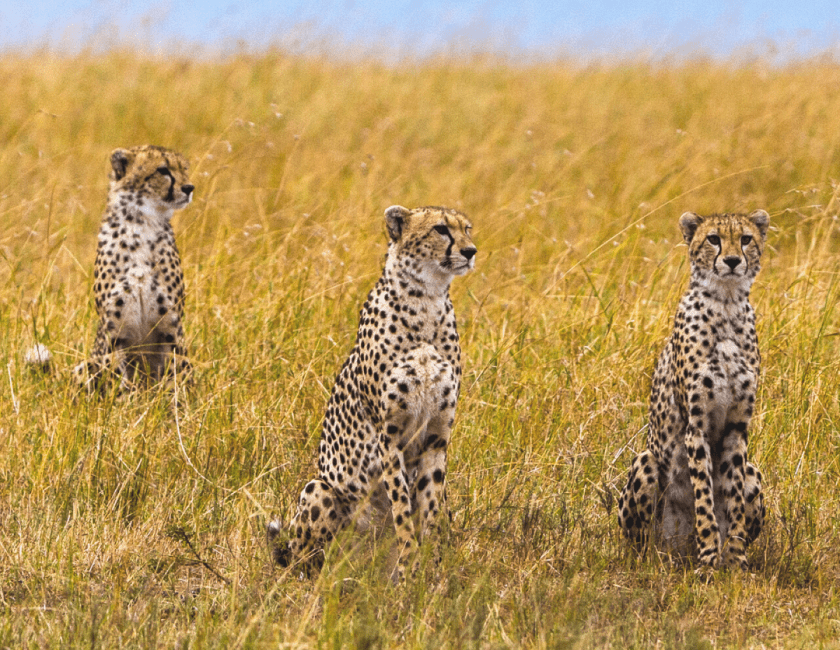
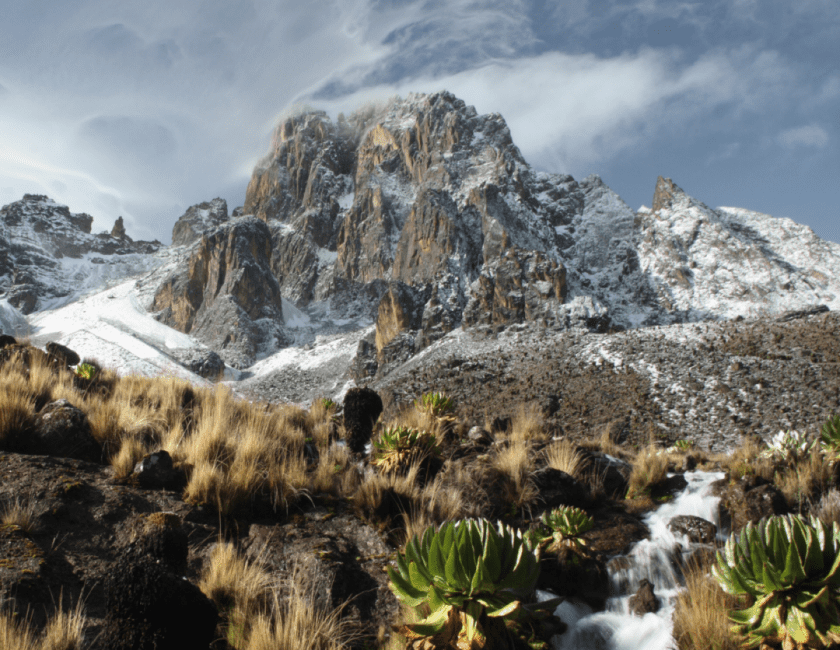
Exploring Mount Kenya: A UNESCO World Heritage Site and Climber’s Paradise
Rising dramatically from the Kenyan landscape, the snow-capped Mount Kenya is Africa’s second-highest peak, standing at an impressive 5,199 meters (17,057 feet). A UNESCO World Heritage Site and a Biosphere Reserve, this awe-inspiring mountain is not only a geological marvel but also a crucial ecological zone, supporting a diverse range of wildlife, flora, and pristine alpine ecosystems. Its rugged terrain, glacial lakes, and ancient forests make it one of Kenya’s most treasured natural landmarks.
Mount Kenya’s Unique Ecosystem and Wildlife
The Mount Kenya National Park, which covers over 700 square kilometers, is a sanctuary for diverse wildlife that thrives within its varying climatic zones. The mountain’s ecosystem transitions from dense montane forests to alpine meadows and ultimately to glacial ice caps, providing a unique habitat for numerous species.
Wildlife Highlights
- Elephants, buffaloes, and leopards roam the lower slopes and surrounding forests.
- Endemic species, such as the Mount Kenya mole shrew and the Aberdare cisticola, are found only in this region.
- Colobus monkeys, hyraxes, and bushbucks are frequently spotted in the montane forest.
- Over 130 bird species, including the scarlet-tufted malachite sunbird, Jackson’s francolin, and bearded vulture, make Mount Kenya a paradise for birdwatchers.
Apart from its rich biodiversity, the park also has crystal-clear glacial lakes, including Lake Alice, Lake Ellis, and Lake Michelson, which are excellent spots for trout fishing and nature photography.
Mountaineering on Mount Kenya: A Challenge for Climbers
While Mount Kilimanjaro may be Africa’s most famous peak, Mount Kenya offers a more technical and rewarding climbing experience, attracting experienced climbers, hikers, and outdoor enthusiasts from across the globe.
Three Main Peaks
Mount Kenya consists of three primary peaks, each varying in technical difficulty:
- Batian Peak (5,199m) – The highest and most challenging, requiring technical rock climbing skills.
- Nelion Peak (5,188m) – Also demanding, with steep ascents suited for skilled mountaineers.
- Point Lenana (4,985m) – A less technical summit, making it an ideal choice for trekkers who seek a rewarding high-altitude adventure.
Popular Climbing Routes
Several well-established routes cater to different skill levels:
- Sirimon Route (Moderate) – Known for its gentle ascent and breathtaking scenery, making it the most popular choice for trekkers.
- Naro Moru Route (Challenging) – The shortest but steepest route, passing through the Vertical Bog, a demanding wetland area.
- Chogoria Route (Scenic) – Offers the most stunning landscapes, including spectacular waterfalls, gorges, and alpine meadows.
Climbing Mount Kenya typically takes between 3 to 6 days, depending on the chosen route and altitude acclimatization.
Other Activities on Mount Kenya
While climbing is the highlight for many visitors, Mount Kenya National Park offers a range of other outdoor adventures:
1. Hiking & Nature Walks
For those who prefer a less demanding experience, numerous low-altitude hiking trails wind through the montane forests and moorlands, offering spectacular views of the snow-capped peaks and surrounding landscapes.
2. Trout Fishing
The clear mountain streams and lakes on Mount Kenya are home to rainbow and brown trout, providing excellent fishing opportunities for anglers.
3. Camping & Cave Exploration
Mount Kenya has several scenic campsites ideal for overnight stays, as well as historic caves, such as Shipton’s Cave, which were once used as hideouts during Kenya’s struggle for independence.
4. Cultural Experiences
The Kikuyu and Meru communities, who live around the mountain, consider Mount Kenya a sacred site. Visitors can engage in cultural tours to learn about their traditions, folklore, and connection to the mountain.
Best Time to Visit Mount Kenya
Mount Kenya is accessible year-round, but the best time to climb or explore depends on weather conditions:
- Dry Seasons (January–March & July–October) – Best for climbing due to stable weather and clear skies.
- Rainy Seasons (April–June & November–December) – Lush landscapes, fewer crowds, and lower trekking costs, but trails may be muddy and more challenging.
How Mount Kenya Compares to Kilimanjaro
- Mount Kenya is more technically challenging – While Kilimanjaro is a walkable trek, Mount Kenya’s higher peaks require technical climbing.
- Less crowded – Compared to Kilimanjaro’s thousands of climbers, Mount Kenya offers a more tranquil and immersive experience.
- More diverse scenery – Mount Kenya’s forests, lakes, moorlands, and glaciers make it one of the most visually stunning mountains in Africa.
Pairing a Mount Kenya Trek with a Safari
For travelers looking for the ultimate Kenyan adventure, combining a Mount Kenya climb with a safari in the country’s top reserves is an ideal way to experience Kenya’s diversity. Popular combinations include:
- Mount Kenya + Masai Mara – After conquering Point Lenana or Batian, head to Masai Mara National Reserve to witness the Great Migration and experience world-class game drives.
- Mount Kenya + Samburu National Reserve – A fantastic blend of mountain trekking and arid wilderness exploration, featuring rare species like the Grevy’s zebra and reticulated giraffe.
- Mount Kenya + Amboseli National Park – Enjoy breathtaking views of Mount Kilimanjaro and large herds of elephants in Amboseli after your mountain adventure.
When planning your trip, exploring Kenya safari packages prices can help travelers find the best options that fit their budget and interests, ensuring a seamless and unforgettable journey through Kenya’s stunning landscapes.
Final Thoughts: Why Visit Mount Kenya?
Mount Kenya offers an incredible mix of adventure, biodiversity, and cultural significance. Whether you’re an experienced mountaineer, a nature lover, or a casual trekker, the mountain’s majestic beauty and unique wildlife make it an unmissable destination.
Ready for an adventure? Whether scaling its snow-capped peaks, exploring its forests and lakes, or combining it with a thrilling safari, Mount Kenya promises an experience unlike any other. Plan your journey today and explore Kenya’s wild heart in all its glory!
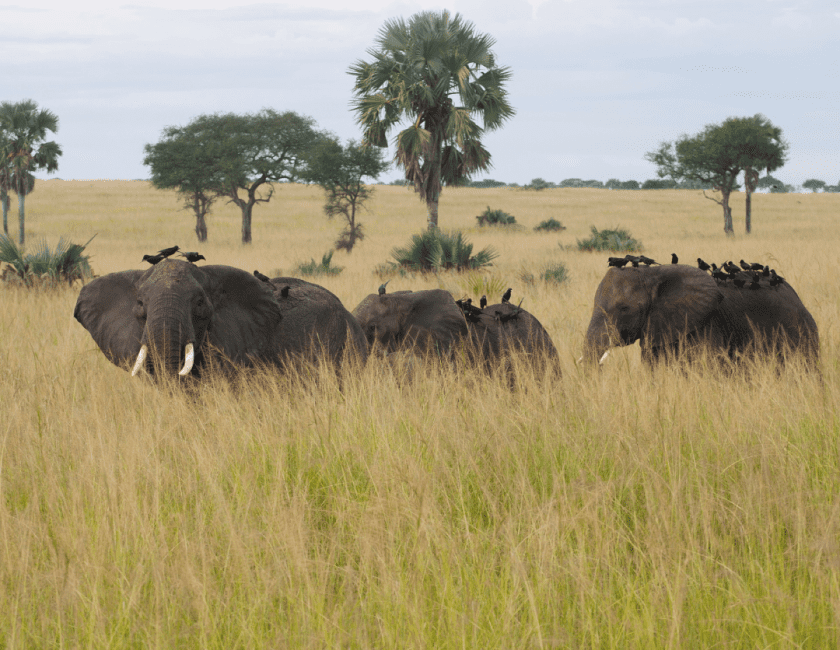
Exploring Kenya’s Great Rift Valley: A Geological and Wildlife Wonderland
The Great Rift Valley is one of the Earth’s most extraordinary geological features, spanning over 6,000 kilometers from the Middle East through Africa, extending as far south as northern Botswana. In Kenya, this dramatic landscape is easily accessible from Nairobi, offering a striking contrast of rolling savannah plains, alkaline lakes, volcanic formations, and escarpments that create a breathtaking natural setting.
A Rich Ecological and Cultural Haven
Kenya’s Great Rift Valley is a biodiversity hotspot, teeming with wildlife. Visitors can encounter plains game, a variety of bird species, and apex predators across its many national parks and reserves. The region is also home to Maasai villages, where travelers can engage in authentic cultural experiences while learning about the indigenous traditions of the Maasai people. The scenic viewpoints scattered across the valley offer photogenic landscapes, making it a must-visit destination for nature lovers and photographers alike.
Top Attractions in Kenya’s Great Rift Valley
Several iconic landmarks within the Great Rift Valley provide exceptional opportunities for adventure, wildlife encounters, and geological exploration:
- Hell’s Gate National Park – Famous for its towering cliffs, geothermal activity, and opportunities for hiking, cycling, and rock climbing.
- Mount Longonot – A dormant stratovolcano with a challenging crater hike leading to breathtaking panoramic views.
- Lake Elmenteita – A UNESCO-listed wetland sanctuary, home to migratory flamingos, pelicans, and other rare bird species.
- Lake Nakuru National Park – Renowned for its flocks of flamingos, diverse wildlife, and rhino conservation programs.
Planning a Kenya Safari: Cost and Considerations
For those seeking an unforgettable safari experience, combining a visit to the Great Rift Valley with a Masai Mara safari provides an opportunity to explore Kenya’s rich landscapes and abundant wildlife. However, understanding the Kenya safari cost is crucial for planning a trip that aligns with both expectations and budget.
The cost of a Kenyan safari varies depending on factors such as:
Type of Safari: Budget, mid-range, or luxury safaris offer different levels of comfort and amenities.
Accommodation: Lodges, tented camps, and luxury resorts significantly influence overall costs.
Season: Peak season (July–October) attracts higher prices due to the Great Migration, while low season offers more affordable options.
Duration & Destinations: A longer safari covering multiple parks, including the Great Rift Valley, increases the cost.
Inclusions: Packages may include park fees, game drives, guided tours, meals, and transportation.
For the best value, comparing Kenya safari packages and prices can help travelers choose an itinerary that suits their preferences while ensuring an immersive and memorable safari experience.
Final Thoughts
Kenya’s Great Rift Valley is a spectacular destination that blends geological wonders, rich wildlife, and cultural heritage. Whether you’re hiking the rugged trails of Mount Longonot, exploring the flamingo-filled shores of Lake Nakuru, or cycling through Hell’s Gate, this region offers unparalleled adventure and natural beauty. When planning your trip, researching the Kenya safari cost and choosing the right package will help maximize your experience while staying within budget.
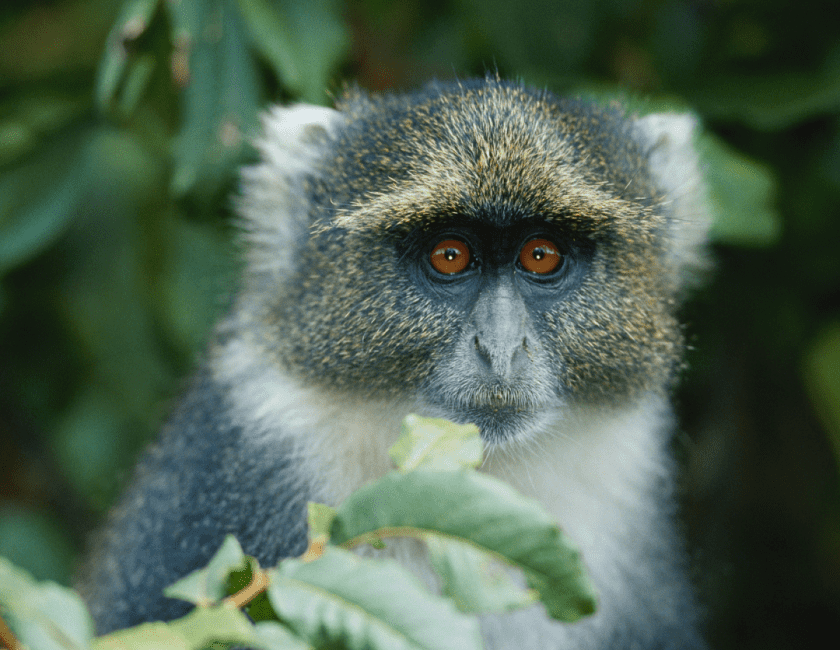
Kakamega Forest National Reserve: Kenya’s Last Tropical Rainforest
Nestled in western Kenya, Kakamega Forest National Reserve is a rare and biodiversity-rich ecosystem, preserving the last remaining tract of tropical rainforest in the country. Covering 45 square kilometers, this pristine wilderness is home to ancient hardwood trees such as stinkwood and teak, alongside a flourishing undergrowth of ferns and flowering plants.
As one of Kenya’s most unique ecological treasures, Kakamega Forest shelters a diverse range of wildlife. Visitors may encounter tree pangolins, duikers, porcupines, and seven different primate species, including the black-and-white colobus monkey and the elusive potto. The forest is also a paradise for butterfly enthusiasts, with an astonishing variety of species adding vibrant color to the dense foliage.
For birdwatchers, Kakamega Forest is a world-class destination, boasting over 300 recorded bird species, including nine that are found nowhere else on Earth. Some of the most sought-after species include the Great Blue Turaco, Turner’s Eremomela, and the Blue-headed Bee-eater.
Travelers looking to experience Kenya’s diverse natural landscapes can combine a visit to Kakamega Forest with a classic savanna safari, such as the Masai Mara or the Great Rift Valley. Exploring Kenya Safari Packages Prices can help visitors plan an unforgettable adventure that blends rainforest exploration, wildlife encounters, and breathtaking scenery.
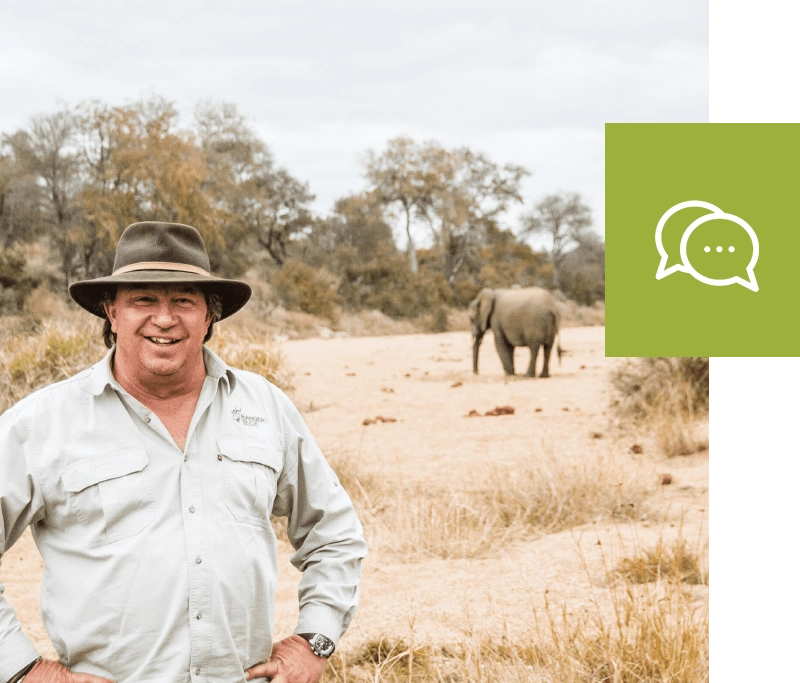
Curate Your Own
Personalised Travel Itinerary
Curate Your Own Personalised Travel Itinerary
We specialise in creating completely personalised travel itineraries tailored to your personal needs and expectations. Simply click on the button below to chat to one of our ecosafari specialists and lets start planning your very best African safari to your very favourite destination.
get in touch with us
+27 83 653 5776
+27 83 653 5776 (WhatsApp)
info@rangerbucksafaris.com
16 Lourie Close, Meyersdal Eco Estate,
Alberton, Gauteng
16 Lourie Close, Meyersdal Eco Estate, Alberton, Gauteng
